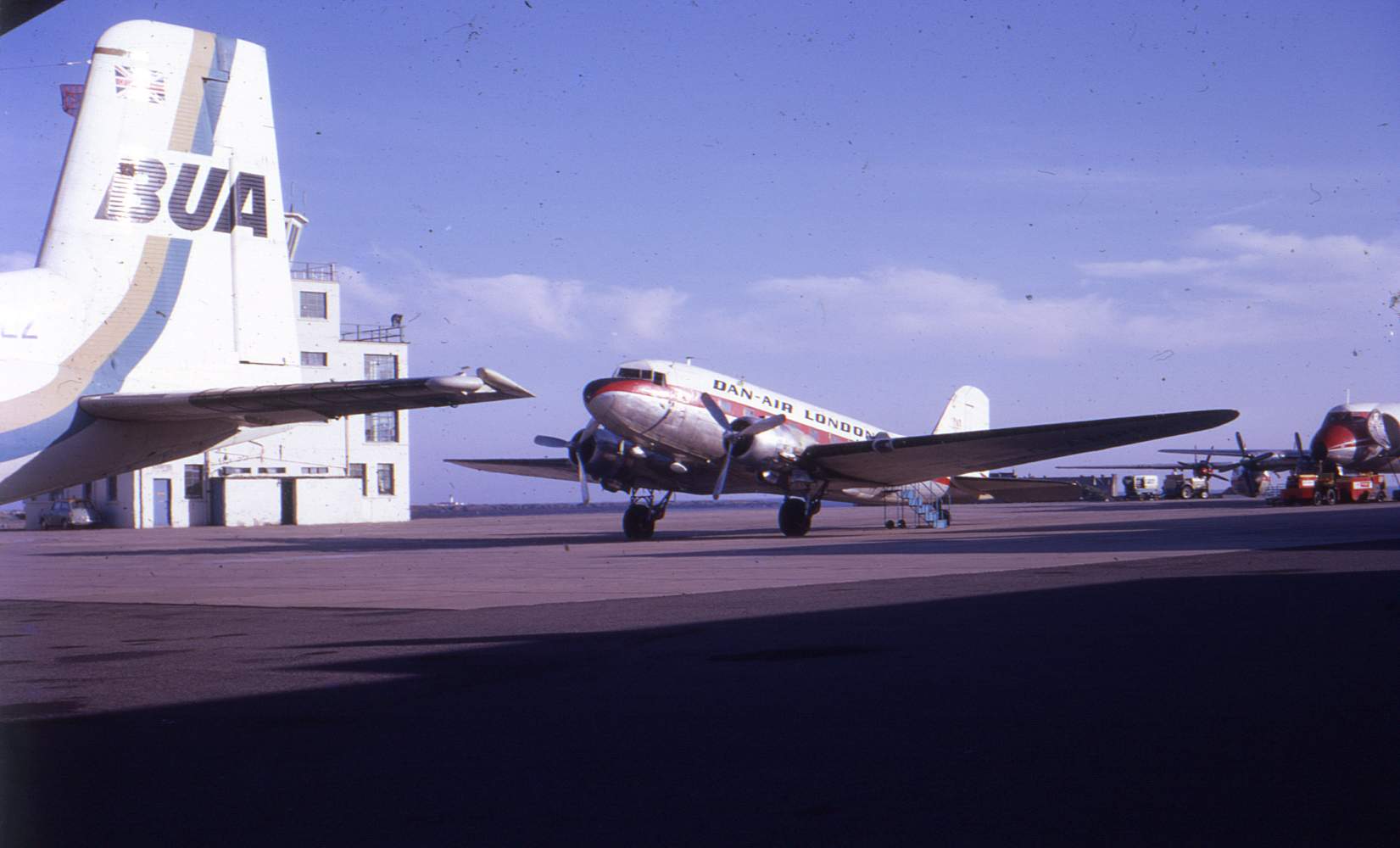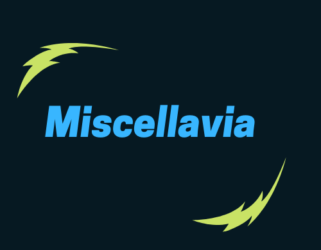Douglas commercial airliners have had a long and distinguished participation in Spanish aviation. The one and only DC-1 ended its days at Malaga in December 1940, crashing during her take-off run but remaining substantially intact.’Old 300′, as her first operators at TWA had christened the DC-1, had been flying with Lineas Aereas Postales Espanolas (LAPE), the predecessor of today’s Iberia. This unique Douglas was followed by six DC-2s (1) which LAPE operated as effectively as permitted by the Spanish Civil War. One of the DC-2s was captured by the Nationalists early in the war and used as General Franco’s personal transports. Others were used by the Republicans in bombing roles, for general military transport and on shuttles to France with gold bars to pay for military hardware. One may even have been destroyed in France by saboteurs. The surviving DC-2s were integrated into the post-war Nationalist air force before passing to Iberia, which had been formed in 1940 as the successor to LAPE.
Initially, DC-3s did not play a major part in 1940s Spain as the country was now officially neutral but considered to be sympathetic to Nazi Germany. WW2 did contribute a couple of USAAF C-47s which landed in error on Spanish territory, probably Melilla, and were subsequently interned (2). These probably didn’t remain in Spain after the end of the war and the right wing government of Franco failed to receive any C-47s under the Marshall Plan post war reconstruction. A couple of ex-RAF aircraft were purchased during the mid forties but most of the Spanish Air Force aircraft were only received during the late fifties/ early sixties. They remained in use until the late 1970s by which time the 65-70 strong fleet had been reduced to around 48 aircraft (3). Many of these had been supplied under the US Military Defense Assistance Program and, as they were not required back in the USA, were largely scrapped at Cuatro Vientos air base. The balance were sold to civilian customers and included a large batch bought by Doug Arnold in the UK. Many of these appeared at various times at Blackbushe during 1977 and 1978.
(1) Most of the DC-2s were built under license for the Spanish airline by Fokker in the Netherlands.
(2) Jose Luis Gonzalez Serrano’s article in Air Britain Digest for May/ June 1977 suggests that the interned aircraft landed in the North African enclave of Melilla rather than on the mainland.
(3) Details from ‘The DC-3 – the first 70 years’ by Jennifer Gradidge, Published by Air Britain.
Two of the ex-Spanish Air Force C-47s which were not sold to Doug Arnold passed to Aerotransportes de Espana in the summer of 1978. The company didn’t last very long and the two Dakotas were parked-up in Alicante and Zaragoza by autumn 1980. EC-CPO was eventually purchased by the Malaga Air Museum and transported to their premises by road transport in August 2003. Subsequently, she has been restored as Iberia’s EC-ABC, an aircraft which had crashed back in 1959.
Hits: 126

